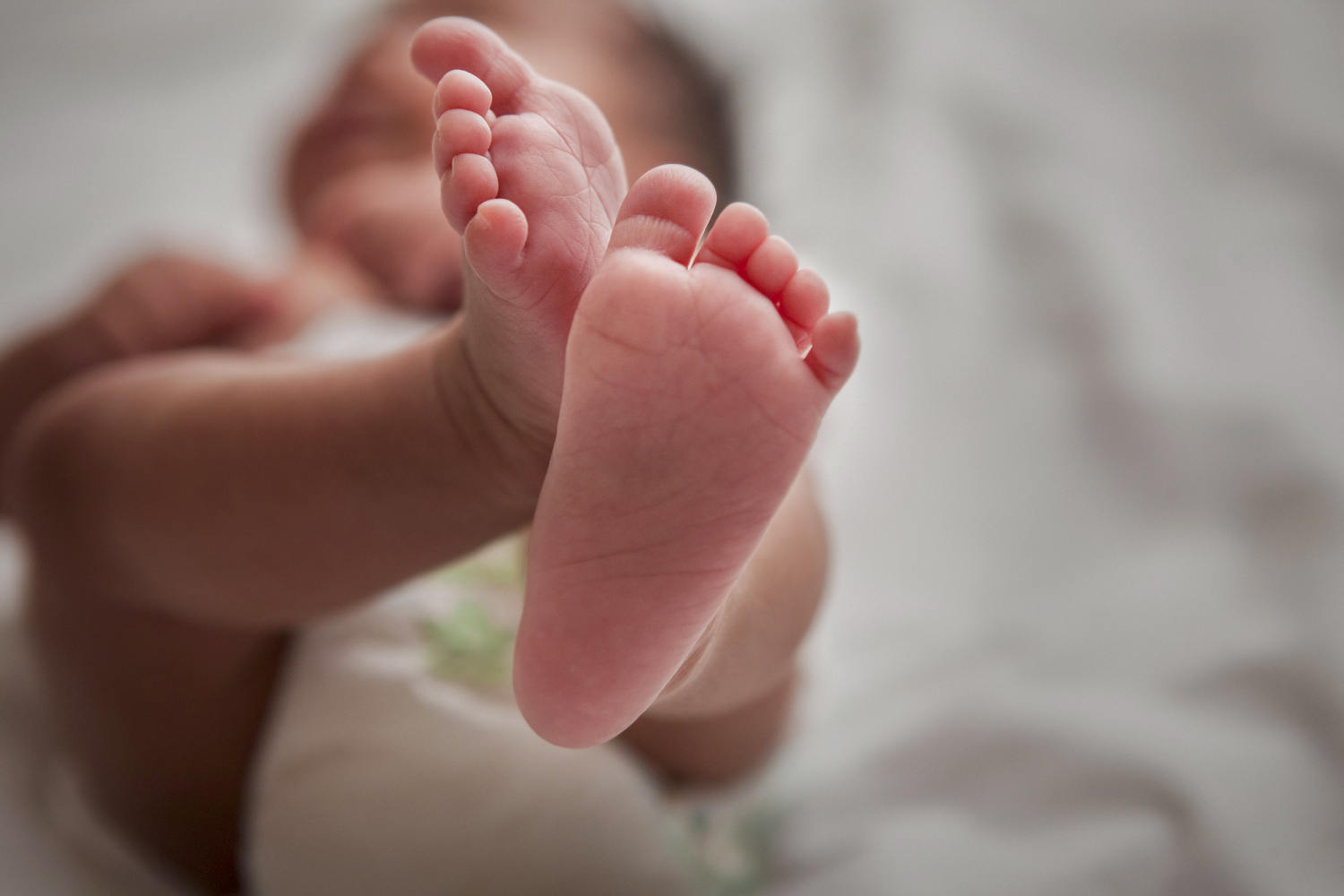
As the Trump administration renews its focus on declining birth rates in the U.S., new data from the Centers for Disease Control and Prevention suggests that births were fairly stable in 2024, rising 1% over the year prior.
There were 3,622,673 births in the U.S. last year, according to a CDC report released Wednesday. Overall, the number of births declined by 2% per year, on average, from 2015 through 2020 and fluctuated in the years since, according to the report.
The report also estimated the birth rate among women ages 15 to 44, referred to more specifically as the fertility rate. The rate declined from 2014 to 2020, then fluctuated through 2024. The fertility rate last year was 54.6 births per 1,000 women, the report found — a 0.2% uptick compared with 2023.
Brady Hamilton, the report’s main author and a CDC statistician, said the data marks “a continuation of the general downward trend in births to teenagers and upward trend in births to older women seen for the last three or so decades.” However, he said the CDC could not speak to the reasons behind the trend.
Sociologists who examined the CDC data said it largely reflects women who delayed having children in their 20s finally choosing to do so in their 30s and 40s. Birth rates increased last year among women ages 25 to 44, but declined among teenagers and those under 25.
“It’s not that people are deciding against having kids at all,” said Karen Benjamin Guzzo, director of the Carolina Population Center at the University of North Carolina at Chapel Hill.
Rather, she said, people are asking themselves: “Do I have the right partner? If I have another baby in child care, what would that do to my expenses? Does my job feel stable?”
Those same concerns might also compel parents to have fewer children, Guzzo said. The average woman in 2024 had one to two biological children, according to the CDC report, compared with more than three in 1960.
The overall fertility rate in the U.S. has declined since 2007 — a pattern sociologists expect to continue, despite the nominal uptick last year.
While the economy has generally improved since the “Great Recession,” many people still don’t feel like their financial position has gotten better, said Sarah Hayford, director of the Institute for Population Research at Ohio State University.
“In a lot of places, the housing market is really challenging, and that’s something that a lot of people want to have kind of in place before they have children,” she said.
Guzzo said the Trump administration’s tariffs on imported goods and gutting of federal programs that support women and children could add to a climate of women delaying having kids or deciding not to altogether.
The Trump administration, for its part, has lamented the decline in birth rates.
Vice President JD Vance called for “more babies in the United States of America” at an anti-abortion rally in January. And Transportation Secretary Sean Duffy said that same month that communities with higher-than-average marriage and birth rates should be prioritized for federal transportation funds.
President Donald Trump dubbed himself “the fertilization president” at a White House event in March. His executive order to expand access to in vitro fertilization emphasizes “the importance of family formation” and calls for making it easier “for loving and longing mothers and fathers to have children.”
Tech billionaire Elon Musk, a senior Trump adviser, has also referred to declining birth rates as a danger to humanity’s survival. According to the CDC report, the birth rate in the U.S. is far below what’s known as the “replacement level,” where enough babies are being born that a population can keep its size from one generation to the next.
The New York Times reported Monday that the White House is weighing proposals to incentivize childbirth, including a $5,000 cash bonus to mothers after delivery. But sociologists said those efforts aren’t likely to reverse declining birth rates. A 2021 study of “baby bonuses” in South Korea found that most of the money went to women who would have had a child regardless of the incentive.
“You can’t just flip a switch and change the birth rate,” said Julia Strasser, an assistant research professor at the George Washington University Fitzhugh Mullan Institute for Health Workforce Equity.
“The economic requirements — not just for having babies, but for raising babies — last a very long time, and $5,000 doesn’t really go a long way towards supporting that,” she added.
Sociologists generally agreed that low fertility or birth rates aren’t an inherent problem. In fact, they said, the decline in teen birth rates is a positive trend.
“It’s good news when people can avoid having kids at periods of their life where they themselves would say, ‘This is not the right time,’” Guzzo said.








